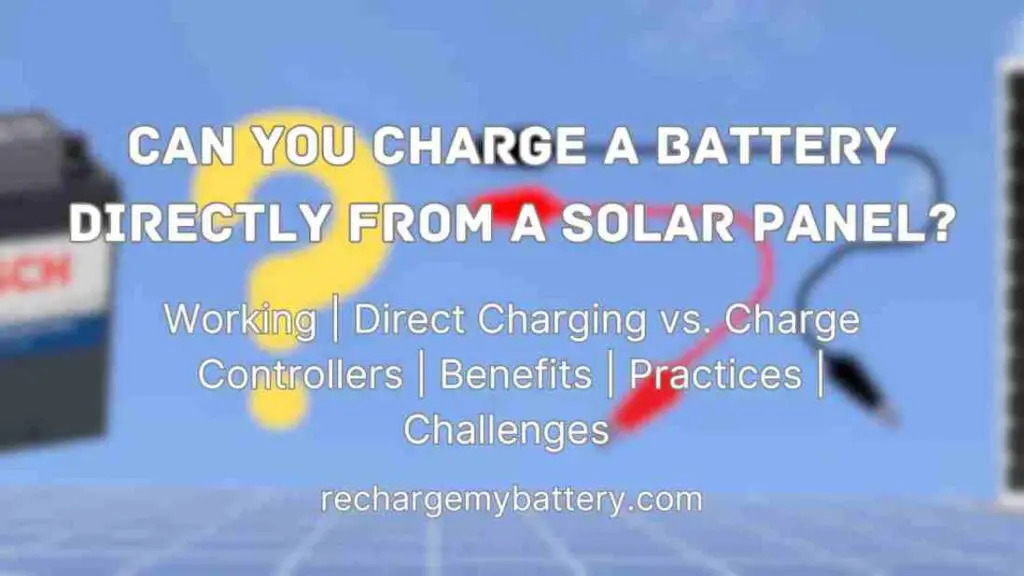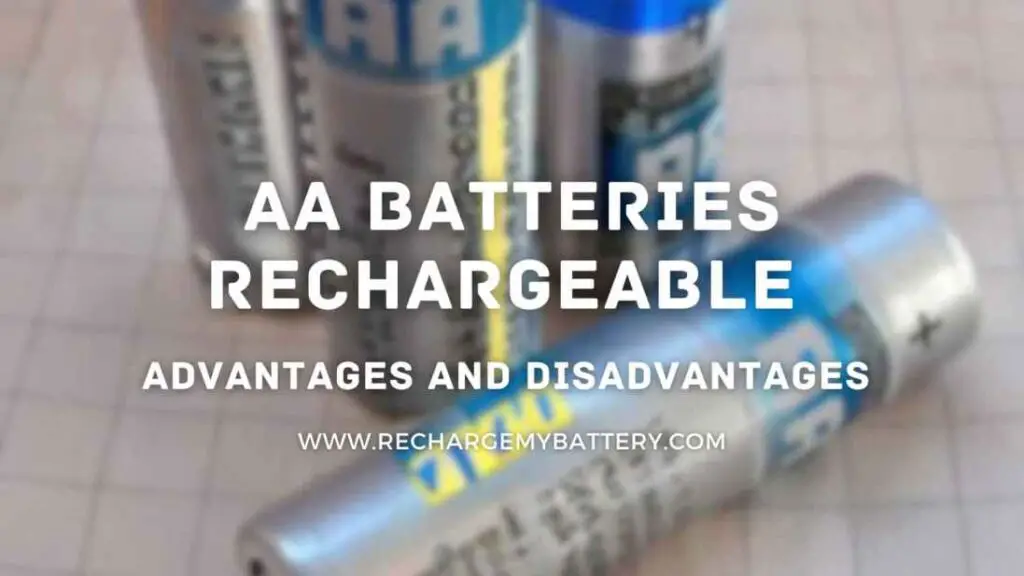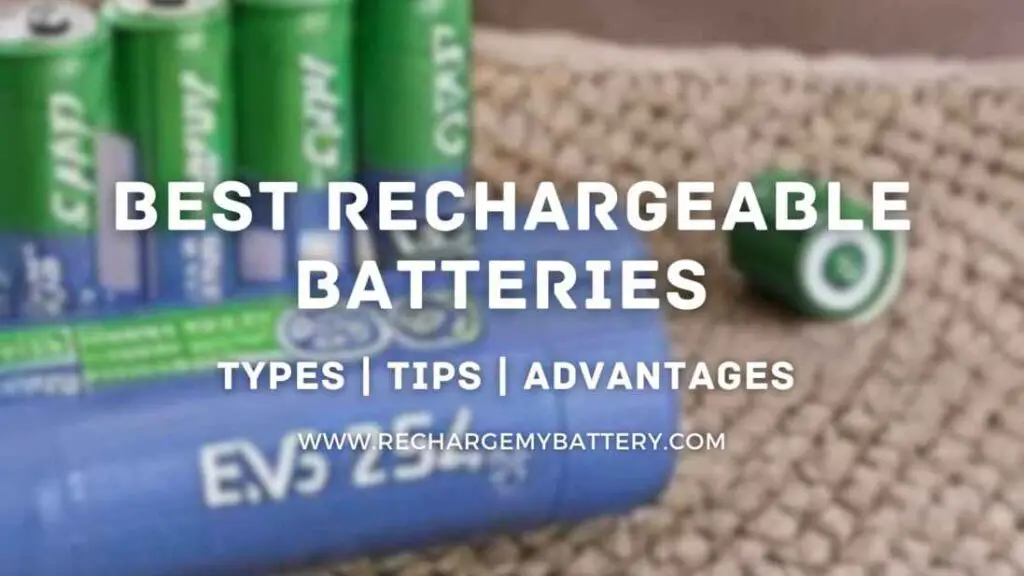Solar panels have become a popular choice for generating electricity from the sun’s energy. One common question is whether it is feasible to charge a battery directly using a solar panel.
In this article, we will jump into the concept of direct charging, examine its advantages and limitations, and highlight key factors to consider when utilizing solar panels to charge batteries.
How Solar Panels Work?
To comprehend the charging process, it’s crucial to grasp the functioning of solar panels. Solar panels are equipped with photovoltaic cells that convert sunlight into direct current (DC) electricity. These cells, composed primarily of semiconductor materials like silicon, generate an electric current when exposed to sunlight.
Understanding Battery Charging
Battery charging entails providing electrical energy to replenish a battery’s charge.
Typically, charge controllers are employed in traditional setups to regulate the charging process and safeguard the battery against overcharging or discharging. These controllers monitor the battery’s voltage and current, ensuring a safe and efficient charging experience.
Direct Charging vs. Charge Controllers
Direct charging involves connecting a battery directly to a solar panel without the use of a charge controller. This method eliminates the need for additional equipment and simplifies the setup. However, it also introduces certain considerations and potential challenges.
Can You Charge a Battery Directly from a Solar Panel?
Yes, it is possible to charge a battery directly from a solar panel. Solar panels generate DC electricity, which is compatible with battery charging. By connecting the positive and negative terminals of the solar panel to the corresponding terminals of the battery, electricity flows from the panel to the battery, effectively charging it.
Factors to Consider
When charging a battery directly from a solar panel, several factors should be considered. These include the voltage and current ratings of the panel, the capacity and chemistry of the battery, the availability of sunlight, and the required charging time.
Understanding these factors helps determine the feasibility and effectiveness of direct charging.
Benefits and Limitations
Direct charging has its benefits, such as simplicity and cost-effectiveness. It involves fewer components and reduces system complexity. However, it also has limitations. Without a charge controller, the charging process is unregulated, which can result in overcharging, reduced battery lifespan, or potential damage to the battery.
Best Practices for Direct Charging
To achieve optimal charging when connecting a battery directly to a solar panel, it is important to follow certain best practices. These include manually monitoring the battery’s voltage and current, disconnecting the panel when the battery is fully charged, and taking precautions to prevent overcharging or deep discharge.
The Role of Charge Controllers
Although direct charging is possible, using charge controllers is strongly recommended for efficient battery charging. Charge controllers play a vital role in regulating voltage, limiting current, and protecting against overcharging and over-discharging. They optimize the charging process and prolong the battery’s lifespan.
Ensuring Optimal Battery Health
Maintaining optimal battery health is crucial when charging with solar panels. To achieve this, regular monitoring of the battery’s state of charge, avoiding extreme temperatures, and following manufacturer guidelines for charging and storage are essential.
These practices maximize the battery’s lifespan and performance.
Overcoming Challenges
Direct charging can come with challenges, including low charging efficiency, variations in solar panel output, and limitations of battery chemistry.
By understanding these challenges and implementing appropriate strategies such as using compatible batteries and optimizing panel orientation, these hurdles can be overcome, leading to more effective charging and improved battery performance.
Safety Precautions
Safety is of utmost importance when working with solar panels and batteries. It is essential to follow safety precautions to minimize the risk of electrical shocks, fires, and other hazards.
Some key safety measures include wearing appropriate personal protective equipment, such as gloves and safety glasses, using insulated tools to prevent electrical contact, avoiding short circuits by properly connecting wires and components, and ensuring proper grounding of the system.
By adhering to safety guidelines and exercising caution, you can create a safe working environment and reduce the likelihood of accidents or injuries while working with solar panels and batteries.
Conclusion
In summary, charging a battery directly from a solar panel is a viable option, offering simplicity and cost-effectiveness. However, it is crucial to consider factors such as panel ratings, battery capacity, sunlight availability, and charging time.
While direct charging can be effective, using charge controllers is highly recommended to regulate the charging process and protect the battery. Proper maintenance, following safety precautions, and understanding the limitations of direct charging contribute to optimal battery health and efficient utilization of solar power.
By incorporating these practices, you can leverage solar panels to charge batteries effectively while maximizing their lifespan.
Thank you for reading it.
FAQs
Q1. Can I charge any type of battery directly from a solar panel?
It is important to consult the battery manufacturer’s recommendations and specifications to determine the appropriate charging method for your specific battery.


